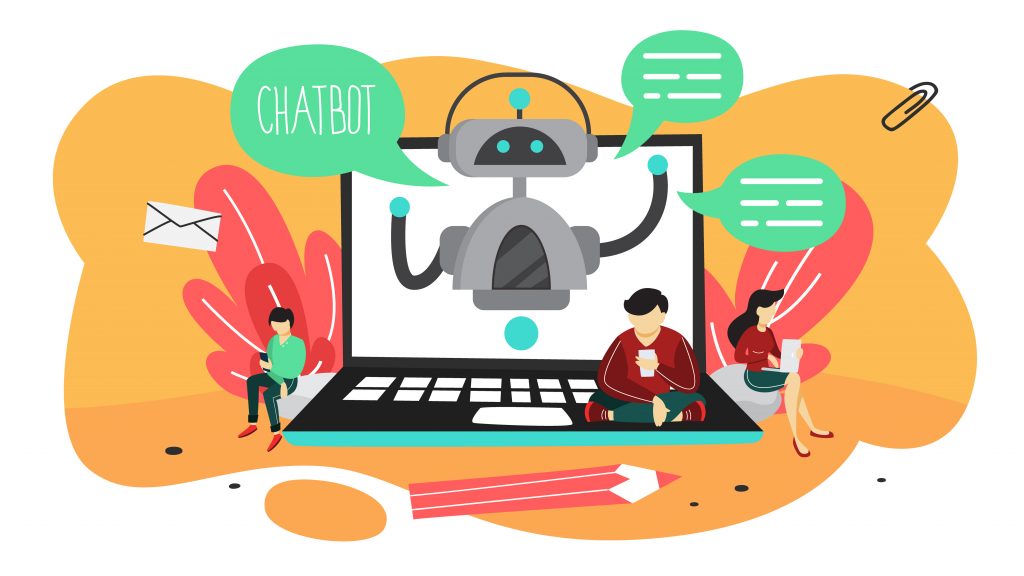You may have got fed up with the chatbots on your favourite retail sites and I have to admit the first incidences of these were pretty annoying. Almost akin to that pesky shop assistant that kept on asking you if they can help – which was one of the great advantages of shopping online!
But things are changing. For those that aren’t familiar with chatbots, they’re essentially computer programmes that are designed to have a natural conversation with users – just like asking an assistant what you need and getting a helpful answer. We’ve been looking at how advances in technology, our award-winning instructional design and our own technology innovation, can increase workplace competency and performance through this medium. How can we do this without adding stresses to your workforce, or costing the earth and how can it be measurable?
Not all chatbots are built the same
We can’t say that chatbots are currently that widely used and if they are, then they are essentially information banks. They’re filled with all kinds of information about the specific software and programs used in the workplaces they’re installed in. Once the information is there, you can interact with the chatbot programme and ask it questions to help you navigate and direct you to what you need. This is helpful – just like a good shop assistant. It can engender a feel-good factor for the learner and potentially increases productivity. So these are, at best, search engines with a “human” face.
That’s pretty good, and we’ve done that – we call it Saffbot. But then we thought we could do better than that. We think that what’s missing in the modern workplace is the traditional people manager. That person who taught you the ropes, the one that mentored and coached you – the one you actively sought out for a conversation and the one who consistently made you think deeper about things, made you practice your skills and who nudged you into getting better and better. That’s why we designed Skillsbot.
Now we’re not saying that Skillsbot can replace your manager, (as much as you might want it to), but in the absence of time-poor managers or less skilled managers, or simply absent people managers, this could be a good alternative. Skillsbot does what it says on the tin- it helps users practise a skill, coaching them through their approach, planning and doing exercises as and when you need it. It reminds you about opportunities coming up, asks you how those interactions went and what you could do better next time. It propels you to put learning into action.
What’s the Advantage?
We all know that face to face skills training can be amazingly energising, but we also know that unless that knowledge is practised pretty much straight after and continuously, that the effectiveness of it drains away as quickly as water down a plughole. Skillsbot is most effective when following a knowledge transfer. It can be used to aid deliberate practise; giving learners confidence to put their newly acquired learning into practise and when the day to day takes over, Skillsbot sends out gentle nudges to keep reminding learners about what they need to do to keep up that practice and apply it at the next meeting, performance review, or presentation.
Moreover, it provides great insight on those areas that learners are finding difficult by giving aggregated and insightful reports about user behaviour and knowledge gaps. It turns great face to face training into action led practise.
If you want to see how Skillsbot works in action and its practical use cases then drop us a line here. Or, if you just want to have a chat about all things learning, then drop us a line at info@saffroninteractive.com – just like our Skillsbot- we love a good conversation!





